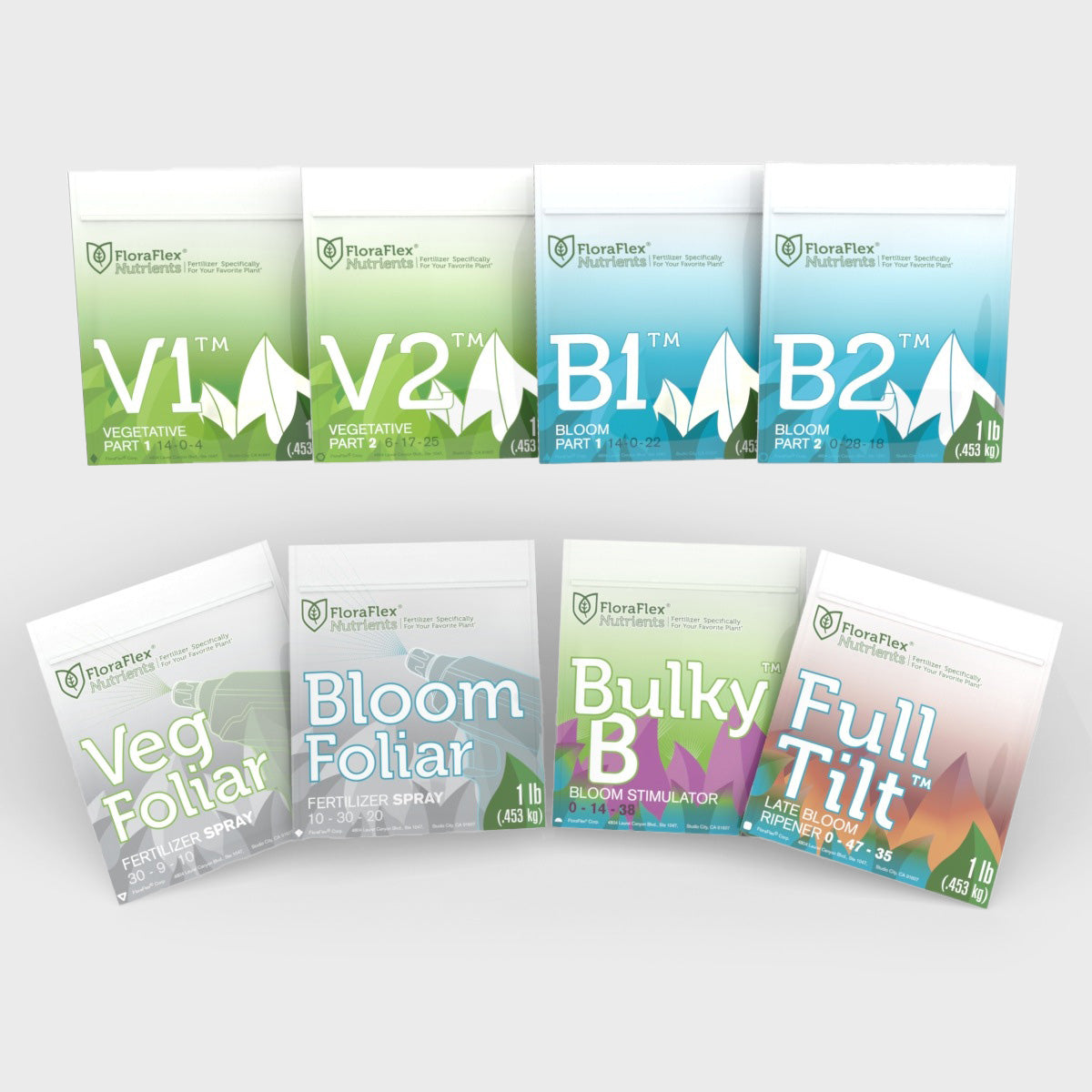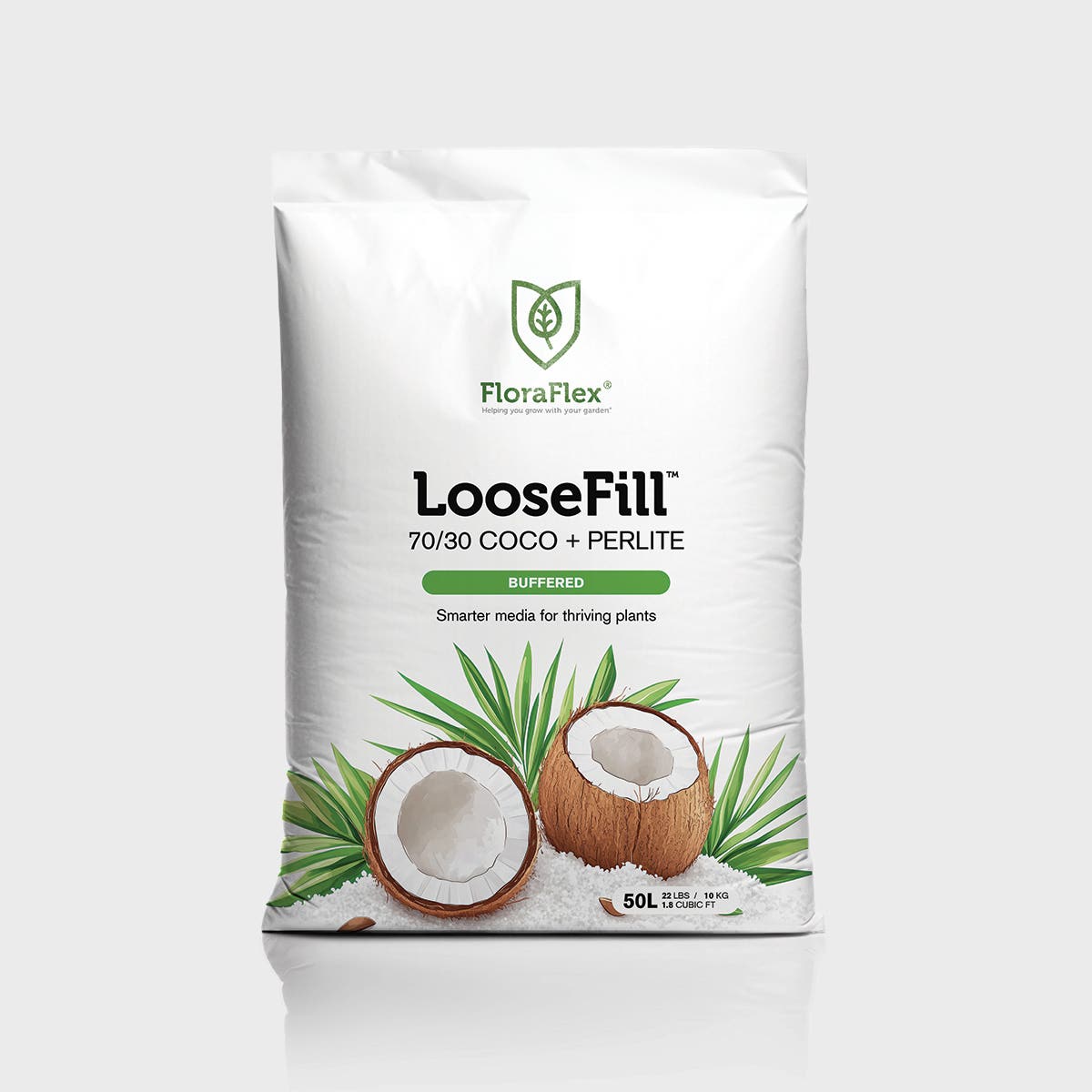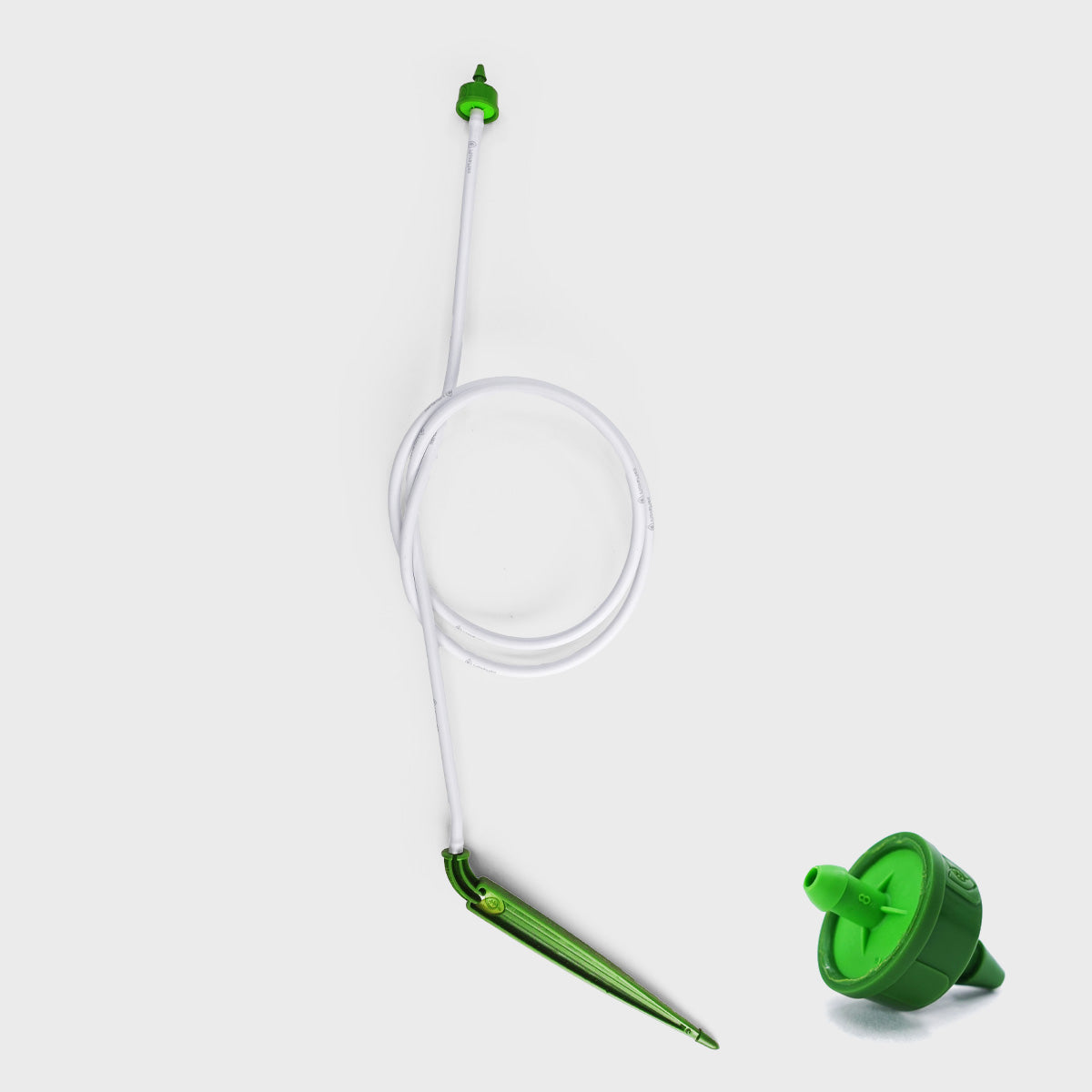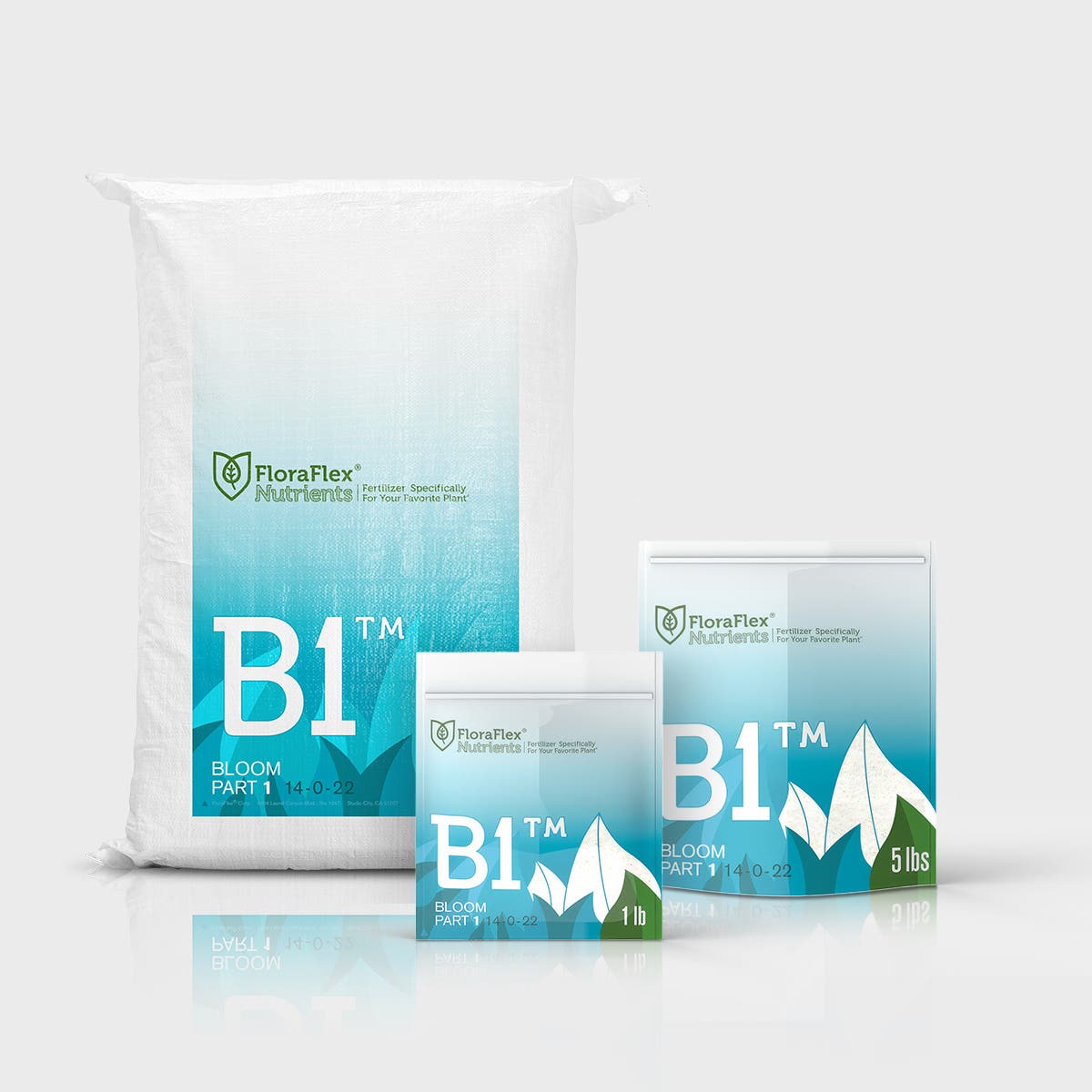Light Intensity and Spectrum
-
Light Intensity: The intensity of light received by cannabis plants affects their growth and development. Adequate light intensity promotes photosynthesis, leading to healthier and more robust plants. Insufficient light can result in stretched and weak stems, negatively impacting the overall quality of the plant.
-
Light Spectrum: Different light spectra, such as red, blue, and full-spectrum lighting, can influence various aspects of cannabis quality. For instance, red light can stimulate flowering and enhance cannabinoid production, while blue light can promote vegetative growth. Optimizing the light spectrum can help growers achieve desired characteristics and maximize the quality of their cannabis crops.
Temperature and Humidity
-
Temperature: The temperature at which cannabis plants are grown can affect their metabolic processes and overall quality. Extreme temperatures, whether too hot or too cold, can stress the plants and hinder their development. Maintaining an optimal temperature range encourages healthy growth, resin production, and the development of desirable flavors and aromas.
-
Humidity: Humidity levels in the cultivation environment can impact cannabis quality in multiple ways. High humidity can create favorable conditions for mold and mildew growth, leading to compromised plant health and lower quality. On the other hand, low humidity can cause dehydration and adversely affect resin production and trichome development.
Air Circulation and Ventilation
-
Air Circulation: Proper air circulation is crucial for maintaining healthy cannabis plants. It helps prevent the buildup of stagnant air, which can lead to increased humidity, poor gas exchange, and the potential for pest and disease infestations. Good air circulation ensures that each part of the plant receives adequate airflow, promoting overall plant health and quality.
-
Ventilation: Effective ventilation is essential for maintaining optimal temperature and humidity levels. It helps remove excess heat, humidity, and stale air from the cultivation space. Proper ventilation ensures a fresh supply of CO2, which is essential for photosynthesis and the production of healthy, high-quality cannabis plants.
Nutrients and Soil Composition
-
Nutrient Availability: The availability and balance of nutrients in the growing medium directly impact the quality of cannabis plants. Providing the appropriate nutrients in the right proportions throughout the plant's lifecycle ensures healthy growth, robust cannabinoid production, and enhanced terpene profiles. Nutrient deficiencies or excesses can result in lower quality and compromised yields.
-
Soil Composition: The composition of the soil or growing medium affects nutrient absorption and root health. Well-draining, nutrient-rich soils with the proper pH balance create an optimal environment for cannabis plants to thrive. The soil composition plays a vital role in nutrient uptake, overall plant health, and the expression of desirable qualities in the final product.
Environmental factors significantly influence the quality of cannabis plants and their final products. Growers must carefully consider light intensity and spectrum, temperature and humidity levels, air circulation and ventilation, as well as nutrient availability and soil composition. By optimizing these environmental conditions, growers can cultivate healthy and high-quality cannabis that exhibits desirable aromas, flavors, cannabinoid profiles, and overall characteristics.








